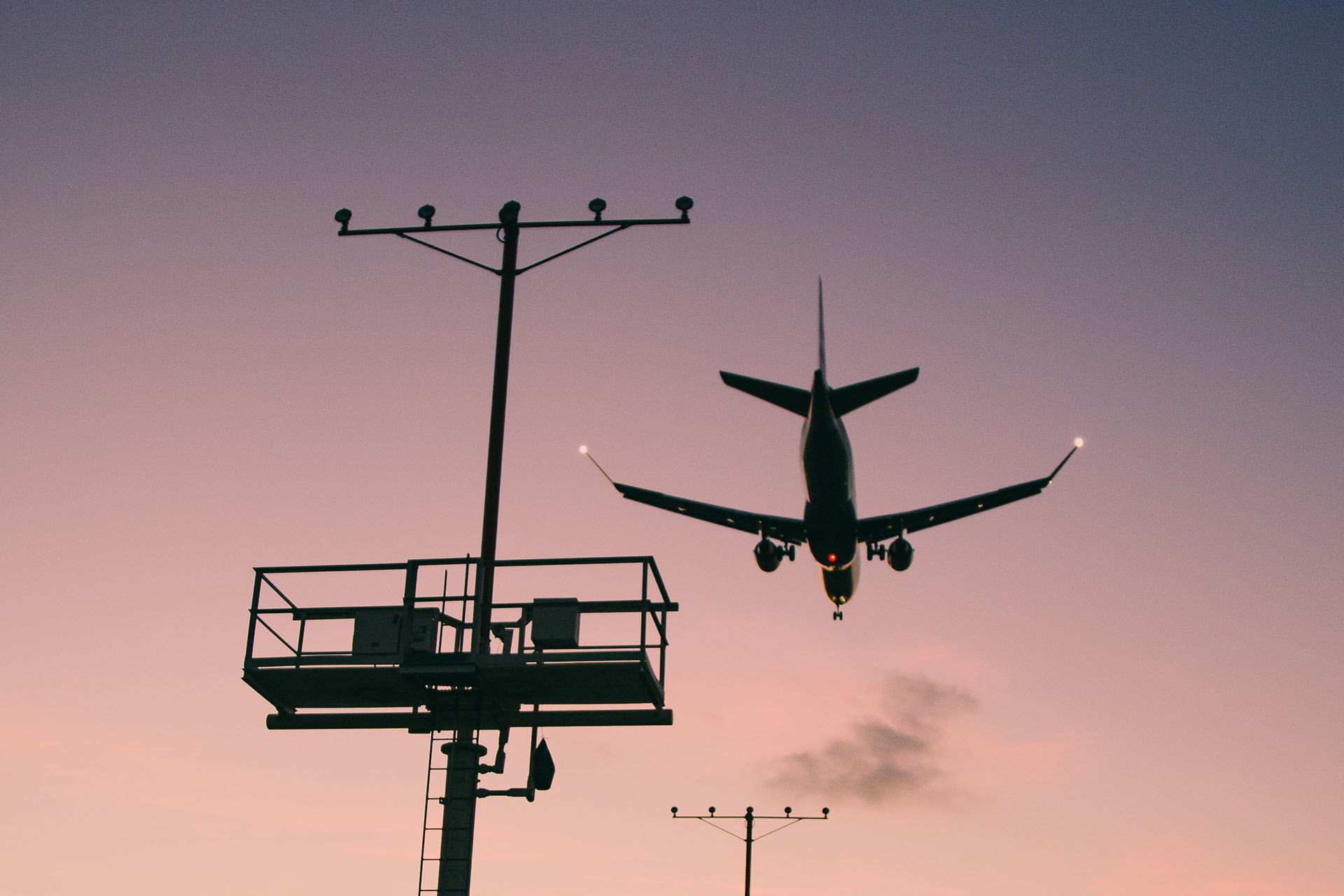Wir als Safety Team haben Berichte von Piloten großer europäischer Airlines erhalten, in denen sie beschreiben, dass sie sich bei eigentlich normalen Situationen wie reduzierter Pistenstaffelung derzeit sehr unsicher und am Rand der Überlast fühlen.
Hierzu ein Beispiel eines Pilot Reports (ASR):
"Upon checking in on tower frequency, about 9 NM out, we've had one aircraft ahead on short final with visual contract. Tower instructed us to reduced min. approach speed due to one departure in between. PM complied and quickly briefed actions in case of go-around. I've reminded tower controller several times of our position by relaying our distance to runway.
Tower responded with wind checks and cleared an aircraft for take-off which was still taxiing on B, with us closing in to 2 NM. At 2 NM I gave another reminder of our position while the proceeding aircraft was performing a static take off. Landing clearance was given exactly at minimums call out from the aircraft at 350". Proceeding aircraft rotated while we've been below 50" in the flare. I've already reminded the PM during the approach briefing of my state of tiredness, taking this into account as a threat. Since I had a clear view of the taxing aircraft being subsequently cleared for take-off, I could see how close we would get to this aircraft, so my mind went into emergency mode, playing out several "what if" scenarios and how to fly the escape route in case of go-around. Without noticing, I immediately went from "green" into "red", missing callouts and tunnel visioning. I'm convince that if we had needed to perform a go-around, even though mentally preparing for a scenario, my mental capacity would have been drastically reduced by the additional stress created by tower controller.
Upon touch down I was so startled that I've forgotten the call sign and could barely follow freq. changes or taxi instructions. Exact scenarios like this have happened now multiple times to me within just a few flights, all returning to BER at different times of day. Controllers are now aware of the lack of recency in the cockpit and expect us to perform 100% in times that are mentally challenging, either due to furloughs or just plain lack of recency. BER is being operated to the edge during single RWY operation, creating unnecessary pressure during peak risk flight phases, when it is recommended to take more time to recheck and reevaluate."
In den Aufzeichnungen der Bodenlagedarstellung war zu entnehmen, dass Mindestabstand für Reduced Runway Separation (2400m) im o.a. ASR mit 2900m deutlich übertroffen wurde.
Auf den Tonbandaufzeichnungen des Ereignisses bot sich ein unerwarteter, konträrer Eindruck, nachdem man den o.a. ASR gelesen hatte. Meine Erwartungshaltung war, einen unsicheren Piloten zu hören, eventuell Abweichungen von der Standard Phraseology, fehlerhafte oder stockende Readbacks. Das genaue Gegenteil war der Fall. Der Pilot wirkte hoch professionell, mit ruhiger klarer Stimme und korrekten Readbacks. Von den Tonbändern ausgehend, wäre ich niemals auf die Idee gekommen, dass der Pilot sich einem stark steigenden Stresslevel ausgesetzt sah und sich nach eigenen Angaben im "roten Bereich" befand.
Als Fluglosten sollten wir stattdessen davon ausgehen, dass es ebenso wie bei uns auch auf Cockpitseite gerade wieder eine Lernkurve gibt. Wir als System Luftfahrt sind noch weit von der Form von 2019 entfernt.
Darauf sollten wir auch als Fluglosten bei unserer Planung und Ausführung achten: Vielleicht verzichten wir noch ein paar Monate darauf fünf Anweisungen in einen Funkspruch zusammenzufassen, um Zeit zu sparen. Spätestens wenn der Pilot nachfragen muss oder wir das Readback korrigieren müssen ist der Zeitgewinn mehr als aufgebraucht.

